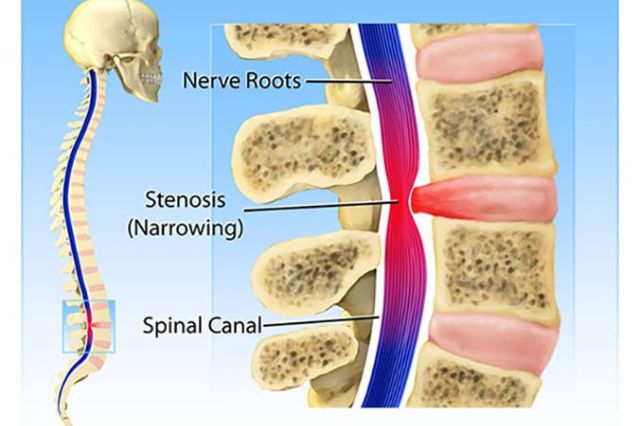Lumbar Canal Stenosis
Causes, Symptoms, and Effective Treatment Options

Lumbar Canal Stenosis (LCS) is a condition that many people, especially as they age, come to know all too well. Characterized by the narrowing of the spinal canal in the lower back, LCS can lead to uncomfortable symptoms and hinder daily life.
The spinal canal is a hollow tube housing the spinal cord and nerves. LCS occurs when this canal narrows due to thickening ligaments, bone spurs, or disc degeneration. This tightening exerts pressure on the spinal cord and nerves, causing distress.
Common Symptoms of LCS
Symptoms often develop gradually over time. Common signs include:
Diagnosis and Treatment
Diagnosis typically involves physical examination and imaging (MRI or CT scans). Once diagnosed, treatment varies by severity:
In the early stages, non-surgical approaches are preferred. This includes physical therapy, anti-inflammatory medications, and epidural steroid injections to provide relief.
If conservative treatments fail or symptoms are severe, surgery (like laminectomy or spinal fusion) may be recommended to decompress the spinal canal and stabilize the spine.